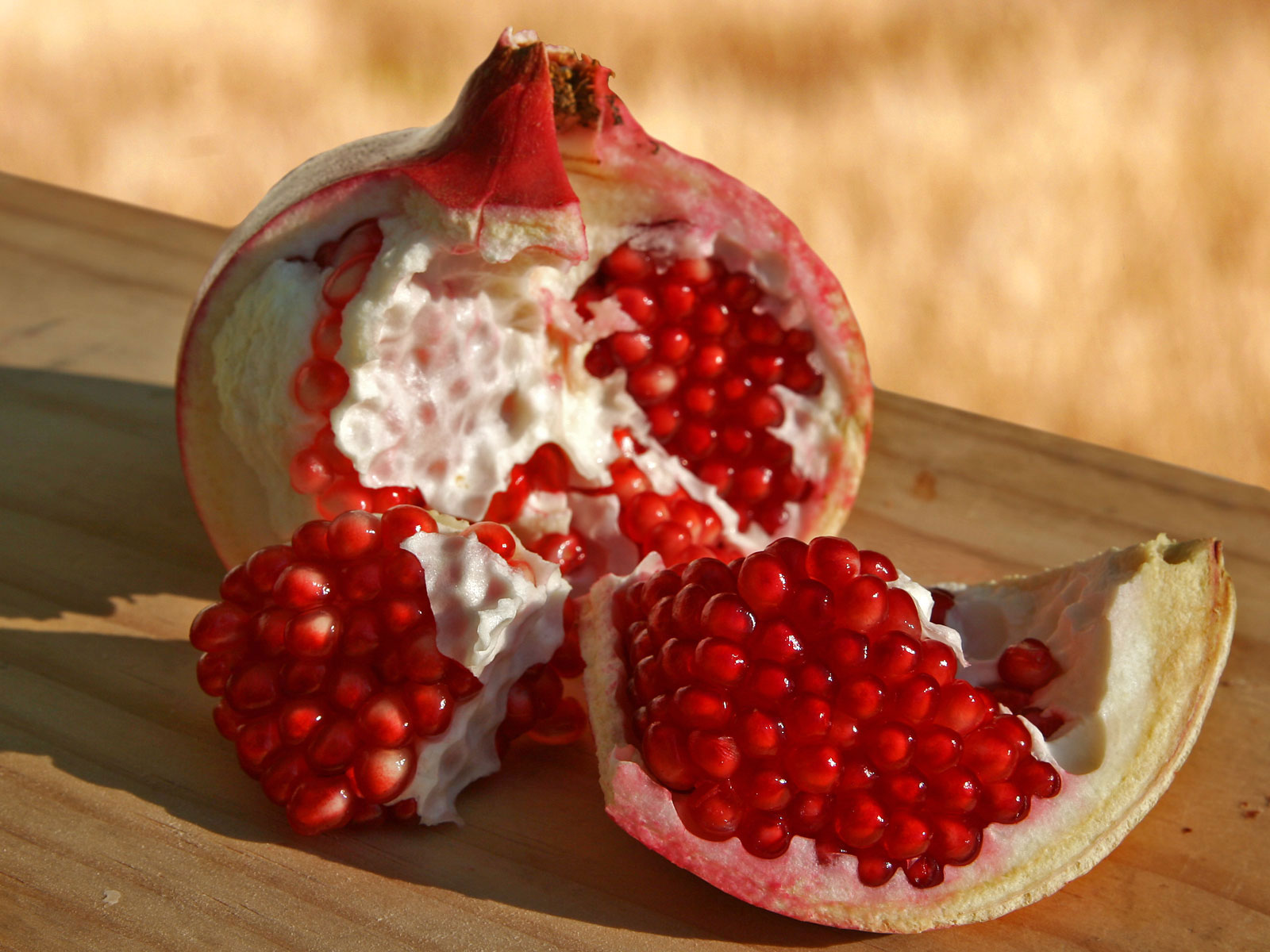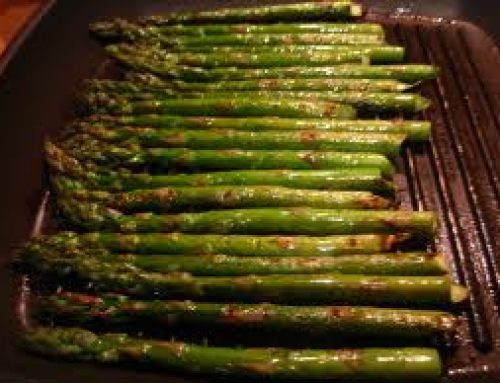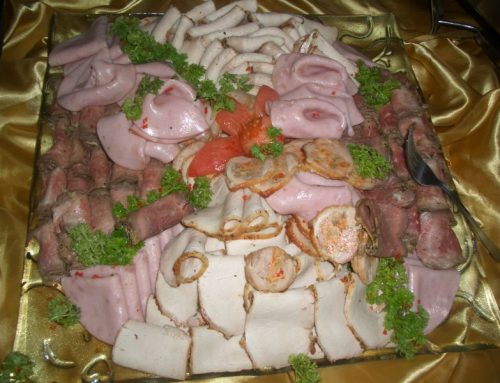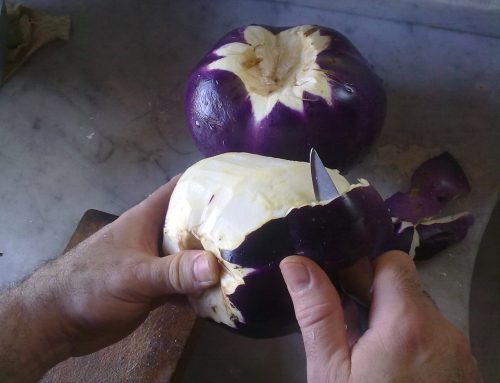Grown the USA, Spain, India, and Middle East they are native to Iran.
They are round in shape with a hard shiny skin and are well known for their flavour.
image and fruit info (source: Wikipedia)
So if we can eat them, can guinea pigs eat pomegranates, and if they can how much of them can be eaten?
Lets take a look at their nutritional data and dig a little deeper under their skin to find out how good they are for them.
In particular, we are interested in their acidic, phosphorus, sugar, fat, and calcium content, as they are most pertinent to guinea pigs.
Pomegranate seeds
Nutritional value per 100 g (3.5 oz)
Energyt346 kJ (83 kcal)
Carbohydratest18.7 g
– Sugarst13.67 g
– Dietary fibert4 g
Fatt1.17 g
Proteint1.67 g
Thiamine (vit. B1)t0.067 mg (6%)
Riboflavin (vit. B2)t0.053 mg (4%)
Niacin (vit. B3)t0.293 mg (2%)
Pantothenic acid (B5)t0.377 mg (8%)
Vitamin B6t0.075 mg (6%)
Folate (vit. B9)t38 μg (10%)
Cholinet7.6 mg (2%)
Vitamin Ct10.2 mg (12%)
Vitamin Et0.6 mg (4%)
Vitamin Kt16.4 μg (16%)
Calciumt10 mg (1%)
Iront0.3 mg (2%)
Magnesiumt12 mg (3%)
Manganeset0.119 mg (6%)
Phosphorust36 mg (5%)
Potassiumt236 mg (5%)
Sodiumt3 mg (0%)
Zinct0.35 mg (4%)
As you can see they contain a little phosphorus, a hint of fat and calcium, but are quite acidic and quite sweet.
They also have a decent amount of vitamin c
With this information in mind, pomegranates are not the best food for guinea pigs. They can eat them in small amounts on a once a week basis but nothing more than that.
The skin and the pith should not be eaten.





